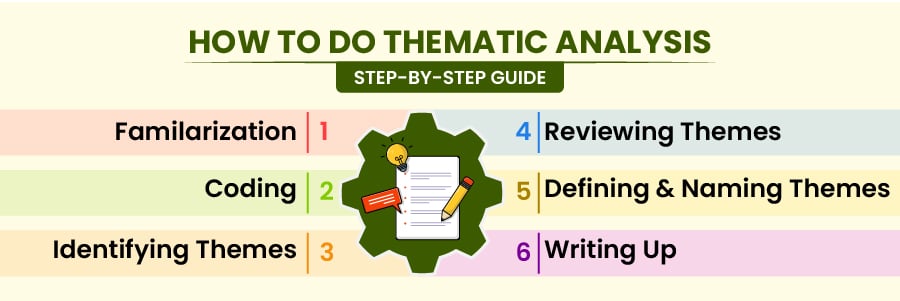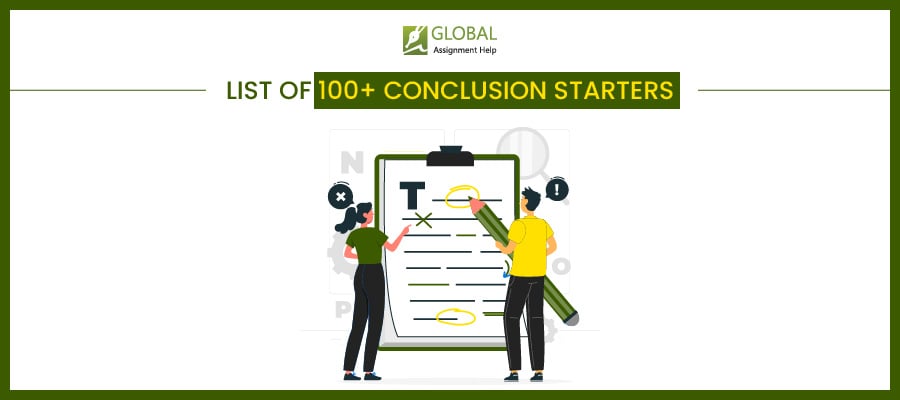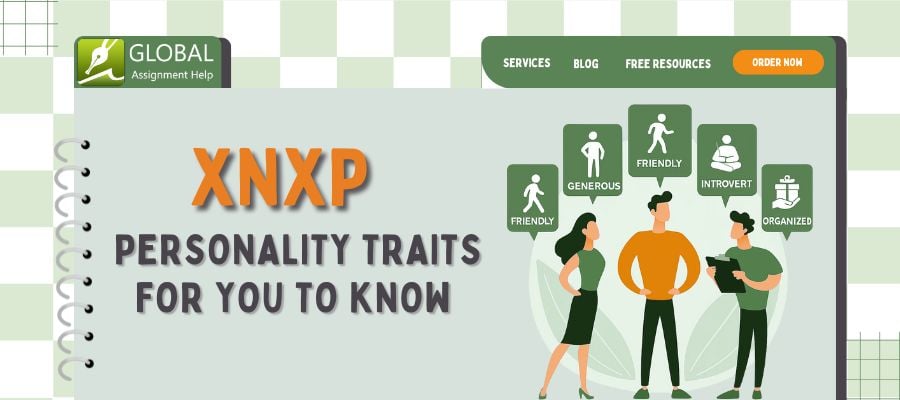Have you ever come across the difficulty of identifying meaningful themes from complex qualitative data? Don't worry. You are at the right place. Thematic analysis is a type of technique which is popular among qualitative researchers for analysing qualitative data, such as interviews or surveys.
This blog covers the six-step process of thematic analysis, when and how to use it, and thematic analysis of qualitative research. Also, we will explore what is thematic analysis and its examples. What are you waiting for? Without any further ado, read this blog to expand your knowledge.
Get A+ GradesWhat is Thematic Analysis?
Thematic analysis, also known as TA. It is a widely used technique for making sense of qualitative data such as focus groups, interviews and surveys. In simple words, it is a method used to recognise and interpret patterns within qualitative data.
Moreover, it is flexible and most used across social science, education, health studies and more. Thematic analysis is valued for its clear way of explaining qualitative data. Also, it allows you to draw insightful conclusions without being constrained by a particular theoretical framework. Next, we will explore how to do thematic analysis with a six-step process. Below are the steps mentioned. Keep reading to learn more!
How to Do Thematic Analysis: Step-by-Step Guide
This step-by-step guide breaks down thematic analysis into six steps. Furthermore, it makes the process approachable for both you and the researchers. You can do thematic analysis by following these easy steps. Dive in for deeper insights!

Familarization
It is the first step to understand your data. Moreover, it is crucial to have a complete overview of all that you have gathered before you begin evaluating individual things. This may include reading through text and recurring ideas. However, this careful reading ensures that you capture crucial details from the beginning.
Coding
Now, next, it's time for you to code the data. In the thematic coding process, codes are brief tags that concludes key points in the text. You can look for the data and systematically identify this relevant data with brief and descriptive codes. In this way, it helps you organise your data into manageable pieces and makes it easier for you to spot patterns and themes later on.
Generating Themes
Now that you have created your code, it's time to investigate it and identify patterns within it. In general, themes are more expansive than codes. You will typically combine multiple codes into a single theme. Further, these themes represent crucial patterns of meaning that emerge from the data. This step includes reactive thinking and analysis as you choose which themes most accurately capture the key findings of your examination.
Reviewing Themes
Once you have recognized possible themes in qualitative research, step back and study them. Now you have to ensure that your themes are valuable and provide a precise representation of the data. In this step of the thematic analysis process, you go back to the datasets to compare your themes with them. Here are some questions that can support the review:
- Have we missed anything?
- Do the data conclusively support the themes?
- Can anything be done better?
Defining & Naming Themes
Now that you have a final list, it's time to give each theme a name and definition. Moreover, for each theme, clearly explain its substance and scope. Make sure that the core of the theme is captured in the definition. Try to give a clear and concise name to each theme that reflects its content.
Writing Up
Now it is the final step of the thematic analysis process, where you will write up your analysis of the data. Moreover, it requires a complete summary of your findings. Use the established themes to guide the organisation of your final report. Furthermore, you can also use vivid instances and quotes from your data to demonstrate each theme.
So, these were some of the various steps to conduct thematic analysis. These steps will help you conduct clear and structured thematic analysis. Now, it's time to go through some of it’s advantages and disadvantages. Keep scrolling to learn more!
Advantages and Disadvantages of Thematic Analysis
Now you have an idea that the thematic analysis method is crucial. There are diverse benefits and limitations of thematic analysis. It's time to dive straight to the point.
Advantages:
- Flexibility: It can be adapted to diverse research questions, data types and academic frameworks.
- Accessibility: Simple to understand and do which makes it a appropriate option for researchers who are new to qualitative data analysis.
- Rich Insights: Thematic analysis provides complete, deep insights into the experiences and point of views of members and permits profound.
- Pattern Identification: It is one of the excellent methods in finding and analysing crucial items and patterns in a dataset. Hence, it can result in fresh ideas and explanations.
- Participant Focus: It focuses on the views of participants and ensure that their views are stressed in the outcome.
Disadvantages:
- Researcher Bias: It can be subjective, and the researcher's own decision and biases can persuade the explanation of themes.
- Risk of Oversimplification: Manages complex datasets, but still there is a chance that it will miss unique characteristics of the data that do not fit into common models.
- Limited Theoretical Depth: The lack of a theoretical basis in thematic analysis might bound its illustrative potential and make it more descriptive.
- Difficulty in Replication: The adaptability & subjectivity of the method can make it complex for other investigator to copy the analysis and get reliable results.
- Time-Consuming: It can be time-consuming and labour-intensive to manually analyse huge datasets as it takes a lot of work to code and analyse the data.
So these were some of the diverse advantages and disadvantages of thematic analysis. However, if you are struggling to apply effectively, seek essay writing service for guidance. Next, we will explore the use of thematic analysis in qualitative research.
Using Thematic Analysis in Qualitative Research
In qualitative research, thematic analysis is a technique that enables you to recognise and examine key patterns within data. Do you often feel overwhelmed in organising large amounts of qualitative data? No worries! Below are some pointers that will help you understand the use of thematic analysis.
- Thematic analysis is refreshed as a popular technique in qualitative research that enables you to uncover crucial patterns of themes or written data, like observations and interviews.
- Moreover, it involves reviewing the data to recognise repeated ideas and experiences. In this way, qualitative data analysiscan aid you in understanding the deep meaning behind what members share.
- It allows for a versatile approach that captures the depth and complexity of these stories because qualitative research focuses on exploring people's lived experiences and perceptions.
- Using thematic analysis in qualitative researchserves as a bridge between raw data and significant insights. Furthermore, it enables you to produce conclusions that are clear, understandable and well-considered.
With the help of thematic analysis in qualitative research, researchers can transform complex unstructured data into meaningful themes. In the next section, we will discuss when and how to use thematic analysis. Keep reading to get better insight!
When and How to Use Thematic Analysis?
As you know, thematic analysis helps you in revealing insights from participants' experiences. Now is the time to explore when and how to use it. Let's explore further.
When to Use It:
- Exploring New Concepts: Use of thematic analysis can be done when you have slight existing knowledge about a topic.
- Understanding Experiences: While exploring and comprehending the view points or experience of a certain group.
- Applying Theories: To inspect how preexistence theories & ideas seem in a various setting.
- Analysing Feedback: To make sense of consumer feedback, highlight vital trends and enhance product and services.
How to Use It:
- Familiarise Yourself With the Data: You can go through your data various times to comprehend the content of your data, such as interviews.
- Generate Initial Codes: Once you read, now find and create codes that reflect interesting or crucial aspects of the data.
- Search for Themes: Next, group codes that are same to make possible themes.
- Review and Refine Themes: Furthermore, make sure that your themes are clear, cohesive, and share the primary ideas of the data.
- Define and Name Themes: You can now assign a clear name to each subject, along with a easy to understand description.
These pointers help you by providing clear, step-by-step guidance to apply thematic analysis in real qualitative research scenarios. You can also get aid from a grammar checker to help you in polishing your writing. Now, let's move forward with some of its examples.
Example of Thematic Analysis
You might know that examples can aid you clarify abstract concepts and improve accuracy. They act like road-maps and show how raw data is transformed into meaningful patterns. Now, it's time to explore diverse thematic analysis example mentioned.
In Education:
- Student Motivation: In a qualitative research, thematic analysis of high school students interviews enable them to uncover their academic aims, the challenges they face, and what encourages their learning.
- Online Learning Platforms: A college may examine open ended survey results to recognise themes such as teacher's support to understand how students adapt to a new online learning environment.
In Healthcare:
- Patient Experiences: A research may include patient interviews or diary entries to understand the problems of living with chronic disorder.It can also investigate themes like frustration with medications plans and others
- Mental Health Outcomes: This method can be applied to patient data to understand how a certain psychological interference can impact mental health as it identifies common patterns in procedure methods.
So, these were various thematic analysis example that can help you make complex ideas easier to understand by demonstrating how abstract themes appear in actual data.
Get help Today!Key Takeways
- Thematic analysis is a type of qualitative method, which is used to recognise, study and translate patterns within textual data.
- Six steps are involved in thematic analysis processwhich are familiarisation, coding process, identifying themes, reviewing, defining & naming themes and writing up.
- It is a popular technique in qualitative research for exploring individual's experience, point of views and the meanings.
- Also, it is valuable when you are trying to comprehend pattern in people’s behaviour like through survey responses and interviews.
- An example of thematic analysis display how unstructured data can be transformed into meaningful themes that will help you address a research questions.
Sometimes, you might find yourself stuck in finding the best way to arrange and present your themes. In such cases, assignment help is here to assist you. Proficients at Global Assignment Help can guide you through structuring your findings. They will also ensure that your themes are clearly defined. Experts will provide you tailored support to make your thematic analysis accurate and coherent.
Frequently Asked Question
Q1. How Difficult is Thematic Analysis?
Researchers must overcome a number of obstacles when using thematic analysis, despite its popularity and methodological benefits. These challenges affect the reliability and clarity of study findings and range from the subjective nature of the analysis to the possibility of data overload.
Q2. What Are Some Examples of Thematic Analysis?
Thematic analysis is unlike other analysis methods because, rather than creating a theory, it focuses on analysing, recognising, and reporting patterns. Also, it is a flexible system that can be used with mixed data types and suggests a rich description of the data.
Q3. How to Write a Thematic Analysis?
You can write a thematic analysis by simply following six key steps. First, familiarise yourself with the data, generate codes, search for the themes, review them, define and name them and finally write the report.
Q4. What Are Common Mistakes in Thematic Analysis?
A common mistake in thematic analysis is displaying themes without describing why they were chosen and how they were created. Another mistake is skipping reflexivity and assuming objectivity.
Free Tools

Easy to Use Paraphrasing Tool to Simplify Complex Academic Writing
Check Now
Get Structured Outline by Professionals for Your Dissertation
Check Now
Effortlessly manage citations and references with our smart referencing tool
Check NowPrice Calculator
- Plagiarism
- Pricing
- Order Now
- Call Back
- Live Chat

Limited Time Offer
Exclusive Library Membership + Free 300$ Wallet Balance

Get $300 Now
Update your Number





























Thank you for submitting your comment on this blog. It is under approval. We will carefully review your submission and post it on the website.